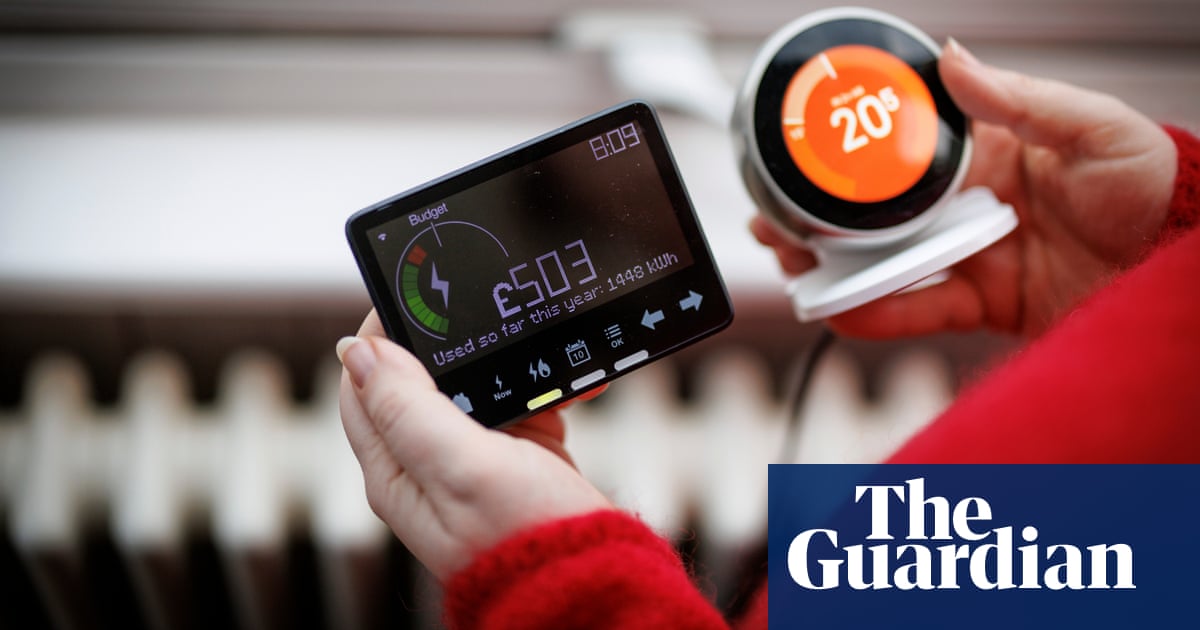You have probably heard the saying that the eyes are the windows to the soul, but new research shows they are also connected to how we breathe. Scientists at the Karolinska Institute in Sweden and the University of Groningen in the Netherlands have confirmed that pupil size fluctuates in sync with breathing, revealing a deeper link between our vision and bodily rhythms.
The Well-known Triggers Of Pupil Changes
For years, scientists have studied pupil size to understand attention, emotion, and medical conditions. Three key factors were known to influence how pupils react: light exposure, cognitive effort and focus and emotional arousal.
German researcher Irene Loewenfeld once stated: “Man may either blush or turn pale when emotionally agitated, but his pupils always dilate.”
These pupil responses are so consistent and reliable that they are often used in psychology, neuroscience, and medical diagnoses. If a pupil fails to react to light, for example, it can signal a neurological emergency such as a stroke.
The Newly Discovered “Pupillary Respiratory Phase Response”
Now, researchers have confirmed a fourth factor influencing pupil size: breathing. In a newly identified phenomenon called pupillary respiratory phase response, pupils tend to be largest during exhalation and smallest at the start of inhalation.
“Our results suggest that our vision may switch between optimizing for distinguishing small details when we inhale and detecting faint objects when we exhale, all within a single breathing cycle,” said Martin Schaefer, postdoctoral researcher,
This effect is entirely internal, originating within the body rather than as a reaction to external stimuli. The research team reviewed past studies and found anecdotal hints of this connection dating back over 50 years, but prior evidence remained inconclusive at best.
Participants were also asked to modify their breathing patterns, switching between nose and mouth breathing and adjusting their breathing rate. “Pupil size remained smallest around the onset of inhalation and largest during exhalation.”
A New Tool For Diagnosing Brain Disorders?
In medicine, pupil reactions are already used to assess brain function. For instance, if pupils fail to respond to light, it could signal a neurological emergency such as a stroke or brain injury.
With this new discovery, researchers suggest that irregularities in the connection between breathing and pupil size might serve as an early indicator of neurological disorders. Conditions such as Parkinson’s disease, Alzheimer’s, or even anxiety disorders could potentially disrupt this newly identified breathing-pupil link.
Where Do We Go From Here?
Now that researchers have confirmed the link between breathing and pupil size, the next step is to explore its broader significance. Future studies may investigate whether manipulating breathing patterns can enhance focus or visual clarity, potentially offering new techniques for improving cognitive performance.
Also, they may examine whether other internal rhythms, such as heartbeat or blood flow, influence pupil behavior, further uncovering how the body and brain work in sync.
This discovery suggests that, in ways we are only beginning to understand, our bodies actively shape our experience of reality—one breath at a time.
Article by:Source:














